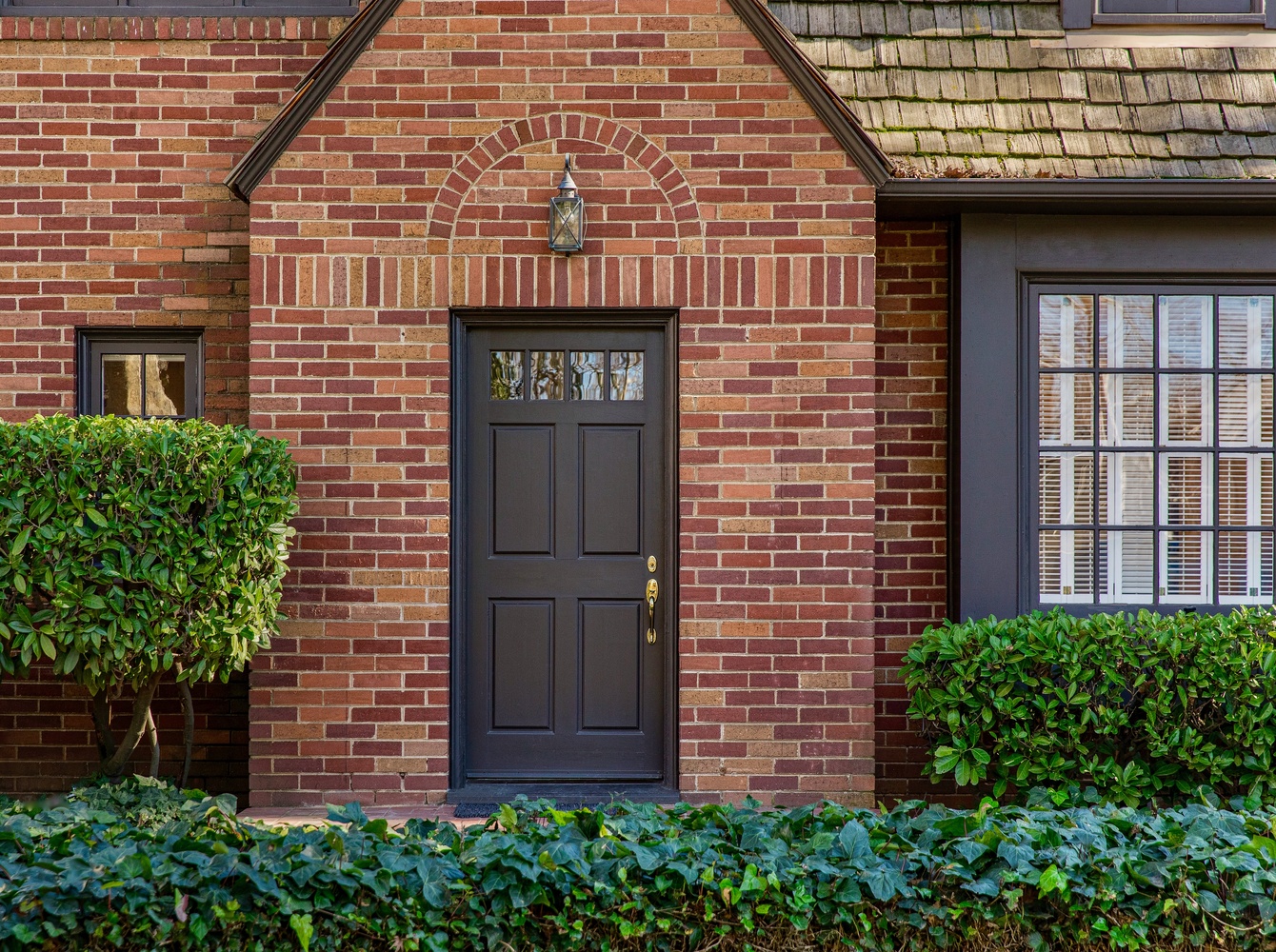From the stunning brick facades of historical buildings to the modern edifices of urban cities, masonry stands as one of the most enduring symbols of architectural prowess. But, as with everything, even brick-and-mortar structures require maintenance. Enter masonry contractors and the skilled art of tuckpointing.
Understanding Masonry
Masonry, at its core, is the building of structures from individual units – commonly bricks – bound together by mortar. This method has been used for thousands of years, producing structures that have not only withstood the test of time but also offered unique aesthetics to towns and cities across the globe.
The Role of Masonry Contractors
Masonry contractors are the experts in building and maintaining structures made of brick, stone, or other individual units. These professionals understand the intricacies involved in selecting materials, preparing the mortar mix, laying the units, and ensuring the structure’s integrity and aesthetic appeal. Given the varying climate conditions and architectural needs of different regions, a masonry contractor’s knowledge and skill set are paramount in producing a sturdy and visually pleasing outcome.
Tuckpointing: Breathing New Life into Old Structures
Over time, the mortar in a masonry structure begins to deteriorate due to various factors such as weathering, erosion, and even structural movements. As it weakens, it poses a risk to the structure’s stability and can allow water infiltration, leading to more significant damage.
Tuckpointing, or repointing, is the process of removing deteriorated mortar from the joints of a masonry wall and replacing it with fresh mortar. This practice does more than just revitalize the appearance of a building – it strengthens the overall structure and extends the life of the masonry work.
The Art and Technique
- Mortar Removal: The process begins by carefully removing the old, damaged mortar. Masonry contractors employ a variety of tools, from hand chisels to power grinders, ensuring that the brick or stone remains unharmed.
- Mortar Mixing: The next step involves preparing a mortar mix that closely matches the original. This step is crucial, especially for historical buildings, as the mortar needs to be both functionally and aesthetically compatible with the existing masonry.
- Filling the Joints: Using specialized tools, the new mortar is carefully packed into the joints. This is done meticulously to ensure a strong bond and to avoid creating air pockets.
- Finishing Touch: Once the mortar is set, it’s then tooled to match the style of the original joints, whether it be concave, flat, raked, or any other design.
The Benefits of Tuckpointing
- Structural Integrity: Tuckpointing restores the structural integrity of a masonry wall, ensuring it remains sturdy for years to come.
- Water Protection: By filling in the deteriorated gaps, tuckpointing acts as a defense against water infiltration, preventing potential damage to the interior.
- Aesthetic Revival: Tuckpointing refreshes the appearance of a building, making it look well-maintained and new.
- Cost-Efficient: Addressing mortar deterioration early through tuckpointing can save building owners significant money in the long run, preventing the need for more drastic and costly repairs.
Conclusion
Masonry has long been revered for its longevity and timeless beauty. However, even the most formidable brick structure needs attention and care. Masonry contractors, with their expertise in tuckpointing, play an essential role in preserving our architectural heritage, ensuring structures remain robust, watertight, and aesthetically pleasing for generations to come.


















